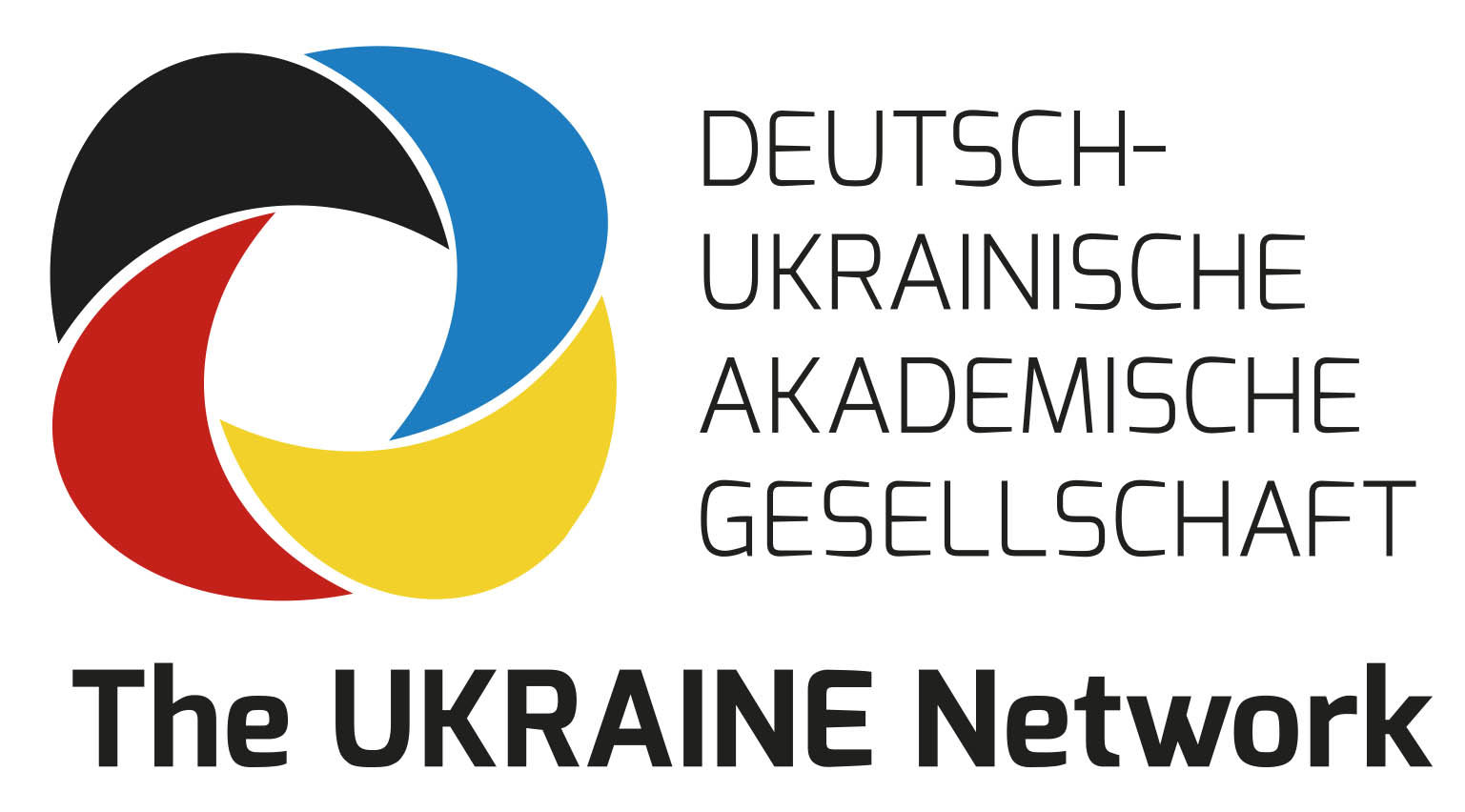By Iryna Kozeretska, National Antarctic Scientific Center (NASC) of Ukraine
Terrestrial ecosystems of Antarctica are characterized by very low biodiversity, which makes them very fragile on the one hand and a unique model of the general impact of climate change on Earth’s ecosystems on the other. Ukraine has been operating its own station in Antarctica, Akademik Vernadsky, since 1996. In my 2005 expedition to the Academic Vernadsky Station my colleagues and me launched comprehensive studies of terrestrial ecosystems, collected material and then introduced PhD students and undergrads alike to this field. Also in 2005 I took part for the first time in the 22nd International Polar Conference of the German Society of Polar Research. I joined the Society and also encouraged both students and established researchers to actively participate in its activities. These particular conferences led to the establishment of a collaboration with Dr. Hans-Ulrich Peter, Polar and Bird Ecology Group, University of Jena. Over time, our group on Antarctic terrestrial research published together with our German colleagues in Polarforschung, a journal issued by the German Society of Polar Research, as well as in other specialized journals (see below).
In 2019 I was appointed Deputy Director for the Scientific Work of the National Antarctic Scientific Center (NASC) of Ukraine. Furthemore, Dr. Ivan Parnikoza is another participant of that early group, also joined our interdisciplinnary team. Mariia Pavlovska, one of the researchers of NASC of Ukraine, recently won a SCAR (Scientific Committee on Antarctic Research) early-career fellowship to carry out a project entitled “Exploring the interplay of Antarctic bacterioplankton and phytoplankton by integration of biodiversity, contextual, and OMICS data” in cooperation with the Max Planck Institute for Marine Microbiology, Bremen, Germany. Furthermore, another NASC researcher, Ievgeniia Prekrasna, was also awarded a SCAR early-career fellowship fellowship for her project “Exploring beneficial role of endophytic bacteria for survival of Deschampsia antarctica in arid Antarctic environments using culture based and OMICS-techniques”, hosted by the University of Oulu in Finland. (See the current and past SCAR fellowship winners here).
Collaboration with our German colleagues develops further. In 2019, Mustafa Osama (The Thuringian Institute of Sustainability and Climate Protection (ThINK)) visited Kyiv to take part in the IX International Antarctic Conference dedicated to the 60th anniversary of the signing of the Antarctic Treaty in the name of peace and development of international cooperation (IX IAC 2019). And last season (2020-2021) with the support of Christina Braun (University of Jena) we collected samples on King George Island which is over 400km distant from the Galindez Island, where the Ukrainian Akademik Vernadsky Station is located.
This fruitful cooperation between German and Ukrainian scientists offers a unique opportunity for interdisciplinary studies and comparative research of remote parts of Antarctica.
Presentations at conferences and publications (selection):
- Parnikoza I., Kozeretska O., Kozeretska I. (2008): Is a Translocation of Indigenous Plant Material Successful in the Maritime Antarctic? // Polarforschung 78(1-2), pp. 25-27
- Kozeretska I., Parnikoza I., Denis E. (2008): Habitat and leaf cytogenetic characteristics of Deschampsia antarctica Desv. in maritime Antarctic / 23. Internationale Polartagung der DGR in Münster, 09-14.03.2008, pp 45-46
- Ivanets V., Tyshenko O., Parnikoza, I., Kozeretska I. Convey P. (2010): Reproductive Structures in Bryophyta from the Argentine Islands as Regional Warming Indicators// Terra Nostra. 24. Internationale Polartagung der Deutschen Gesellschaft für Polarforschung, Obergurgl, 6 bis 10 September 2010. Programm und Zusammenfassung der Tagungsbeitrage, pp. 74-75
- Parnikoza I., Korsun S., Kozeretska I., Kunakh V. (2011): A Discussion Note on Soil Development under the Influence of Terrestrial Vegetation at two Distant Regions of the Maritime Antarctic / Polarforschung, 80, 3, pp. 181-185
- Parnikoza I., Esefeld J., Mustafa O., Braun С., Peter H.-U., Kuhakh V., Kozeretska I. (2015): Antarctic hair grass and kelp gull interactions: comparison of two maritime Antarctic regions / 26th International Congress on Polar Research: High latitudes and high mountains: driver of or driven by global change? 6 – 11 September 2015, Munich, Germany, German Society for Polar Research. pp. 119-120
- Kaczmarek Ł., Parnikoza, I., Gawlak M., Esefeld J., Peter H.-U., Kozeretska I., Roszkowska M. (2017): Tardigrades from Larus dominicanusLichtenstein, 1823 nests on the Argentine Islands (maritime Antarctic) // Polar Biology, 41/2, pp. 283–301. DOI 10.1007/s00300-017-2190-4
- Nuzhyna N., Parnikoza I., Poronnik O., Kozeretska I., Kunakh V. (2018): Anatomical features of different Chromosomal forms of Deschampsiaantarctica E. Desv. // 27th International Polar Conference, 25-29 March 2018, Rostock, Germany. pp. 137
- Parnikoza I., Rozhok A., Convey P., Veselski M., Esefeld J., Ochyra R., Mustafa O., Braun C., Peter H. U., Smykla J., Kunakh V., Kozeretska I. (2018): Spread of Antarctic vegetation by the kelp gull: comparison of two maritime Antarctic regions // Polar Biology, 41(6), pp. 1143–1155
